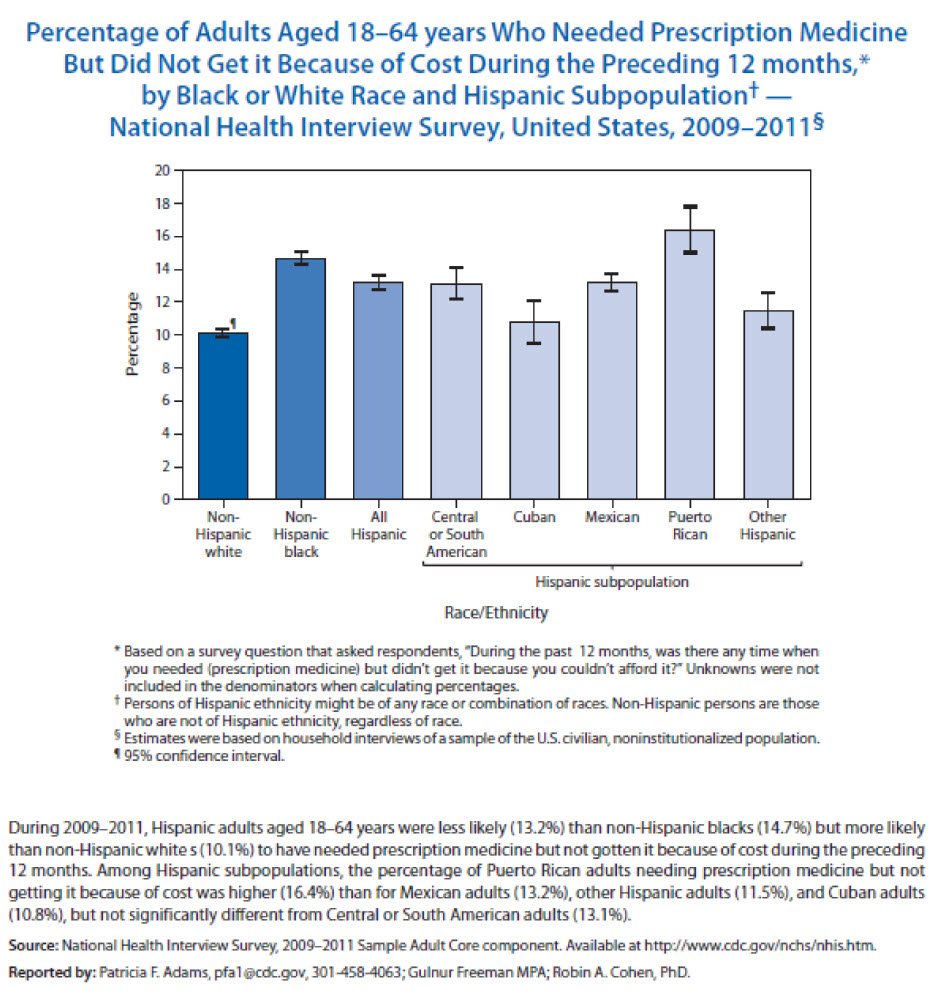Health Equity
TBA
Review Chapter 1 of the required text again and consider the roles that education, geography, social class, and race play in access to health services.
then consider how these and their associated behaviorsare related to Chronic disease and what can we expect by improving access?
Visit the CDC Health Equity Site. Review Chapter 1 of CDC's on-line booklet about "Promoting Health Equity." All students should scan the studies selected to illustrate PH Interventions. Look at the link on social determinants of health and view the maps (Up through page 30)
Student PowerPoint

Take a look at this video. Unfortunately the video doesn't say where data came to make these graphs, but it fits other data I have seen and helps illustrate the issue of inequity, including health and why it has been so hard to improve the health of many of those at the bottom of the economic scale.
Also look at CDC's Health Equity website in its chronic disease program. Click on the maps link in the third paragraph; look at the map on High School Education and consider how it relates to the 'Stroke Belt." Do you think this is association or causal? Scan Chapters 2 and 3 in this monograph from the UK Kings fund, then look at this paper from the Dec. 16 Lancet. Use this link to connect to the new IOM publication "communities in action, pathways to health equity chapter 1 (January 2017)" Iif you wish to download the entire book click on the book image belkow.the second image you can click on let you read or download the March 28 issue of "pathways to health equity."
Unnatural Causes - In sickness and health. A video on Sickness and health in relation to poverty. A nice summary of the issues that suggest how we can intervene to improve health.(It may take up to a minute to download and you may have to click on the placeholder to get it to start up.)
Scan "A lesson from Canada" on Health Equity
Scan the IOM Report on Progress in achieving Health Equity with special attention to Chap 6 starting on page 69 through 75 .Also this Viewpoint from JAMA August 2015. Also, look at this comment on reducing the disparity gap.
Look at the Kaiser Web site and consider what it can tell us about the uninsured, minorities and women as health equity issues (search on key phrase ":Health Equity"), look at the latest update on health disparities. Also review this 2015 report on the "Coverage Gap" by state. Note the effect on disparities from the ACA. Also review this viewpoint on health determinants from JAMA in January 2017 and this editorial from JAMA about whether healthcare is a right or a privilege.
Take a look at this research of mine presented at the CDC epidemiology Conference in 1972. This was supported by a CDC grant and was the first geographic analysis of health issues funded by the CDC (I include this study so you see that some of us have been studying the issue of health disparities for decades, while some public health activists would have you think is only in the last few years anybody has bothered to look at it.) . Think about how this applies to health equity. Has anything changed since this was published? What? Take a look at Tammy Smith's Recent report in the RTD (Tammy as a past graduate of this program).now look at this most recent study from the BMJ, March 1917 on social ranking.
Healthy People 2020 Which objectives address this issue?
Review the article on “Getting Past Denial”, be prepared to discuss how this affects chronic disease.
RWJ Foundation County Health Rankings review this page, examine the data found at the link to the rankings and be prepared to discuss how to use this information to improve chronic disease outcome and plan research on the topic.
Scan the Health Equity site for Virginia. First click on About, then click on the bottom right of the homepage under the heading "office of health equity" click on
